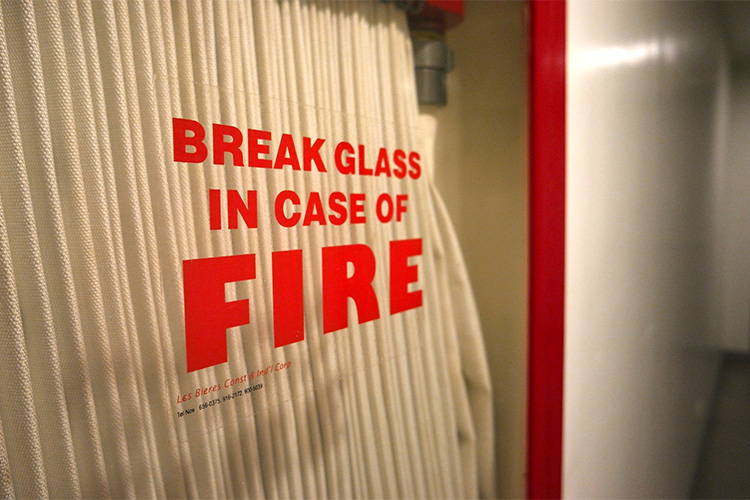4 Innovative Fire Protection Technologies for 2022
November 16, 2022
Read the full original article here >
With contemporary technology, the fire safety business continues to see impressive leaps in innovation. Fire safety advances that would have seemed like science fiction a decade ago are now becoming a reality.
The growing practice of integrating fire alarm and detection systems with building automation systems creates many opportunities for the industry. This technological collaboration of fire protection systems in commercial, industrial and residential buildings is becoming increasingly important.
Because this blend allows the creation of systems that can share and collect data, it may help people avoid encountering active fires by alerting them to the location of fire safety concerns in their buildings. A significant increase in spending on smart building automation technologies across several countries is expected to lead to new possibilities for industrial and commercial building automation systems. Take a look at some of the most recent breakthroughs in fire safety technology and how they are saving lives:
1. Vertical & Horizontal Smoke Curtains
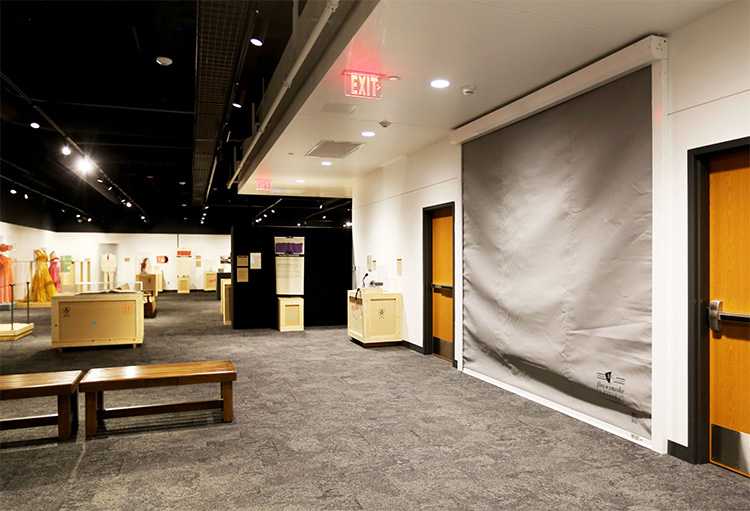
Most commercial buildings are designed with multiple vertical and horizontal openings that must be closed in a fire and smoke event to minimize the spread of the hazard.
We offer state-of-the-art mitigation systems that are fire and smoke-rated. Vertical enclosures like the M2100 and M2500 curtains can cover openings up to 60 feet wide by 12 feet tall.
The availability of automatically closing fire windows and fire shutters means protecting windows close to boundaries has never been easier. Our M1000 opening protectives for windows provide a fire-rated assembly that deploys by a fusible link.
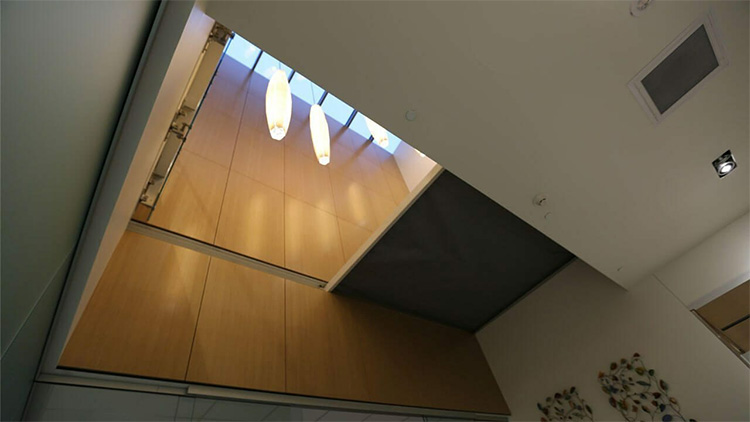
Horizontal protection may be required wherever there are large openings in the floor or to protect atriums. Our M3000 curtain can shield an area up to 24 feet x 30 feet and is rated for two hours per UL10D.
Like the elevator curtains, these protectives can be integrated with your existing fire control system as added protection for life and property.
2. Photoluminescent Exit Path Markings
Smoke appears to be the most destructive element of a fire, according to NFPA. Smoke rises and can rapidly fill any room, hallway and stairwell. In active fire circumstances, smoke travels at 120 to 420 feet per minute, an estimate used by the NFPA based upon ceiling jet velocity calculations for typical ceiling heights and heat release rates.
The installation of a photoluminescent egress path marking system and exit signs is important for the fire safety of your building. When a fire occurs, people become scared and flee to the nearest exit to avoid harm. However, if the exits are not well posted, occupants may be unsure of which way to go to escape danger. They could get caught up in a bad situation while panicking, resulting in injuries or even death.
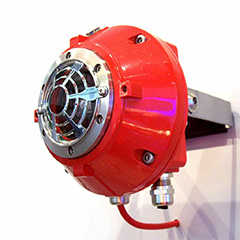 3. Visual Flame Detectors
3. Visual Flame Detectors
Heat, smoke (particle matter) and flame (light) are the three primary indicators of fire in fire detection technology, which is why they are the first things that spring to mind. The heat from steam pipes, particle matter from aerosols and light from the Sun are all examples of non-threatening sources that produce all these features.
Smoke and heat from fires may dissipate too rapidly or accumulate too slowly for effective detection. This is why fire sensors are useless in certain situations. Flame sensors, on the other hand, are audiovisual devices that can react to flames in less than a second because they are optical instruments. Because not all fires have a flame, this optical quality is essential.
4. Elevator Smoke Curtains

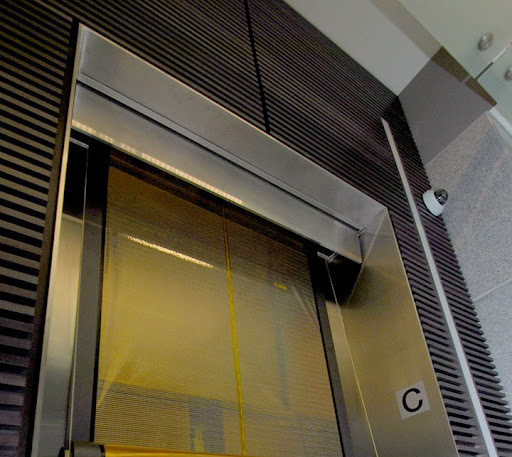 Elevator smoke containment systems help prevent the spread of smoke and flames through one of the largest openings in a multi-story building. Elevator smoke containment curtains provide complete and code-compliant smoke and draft opening protection when used with already fire-rated elevator doors. These components may be quickly installed in elevator spaces, blending effortlessly with existing fire safety systems to achieve code compliance.
Elevator smoke containment systems help prevent the spread of smoke and flames through one of the largest openings in a multi-story building. Elevator smoke containment curtains provide complete and code-compliant smoke and draft opening protection when used with already fire-rated elevator doors. These components may be quickly installed in elevator spaces, blending effortlessly with existing fire safety systems to achieve code compliance.
These curtains can be engineered to deploy based on local smoke detection, or they can work with the building's existing system. In the event of a fire emergency these curtains roll out to seal the elevator opening. And if elevator occupants encounter a deployed screen, the on-screen rewind switch and less than 15lbs of force will free magnets for exit.
Here at Smoke Guard, our innovative solutions for elevator smoke curtains, notably our M200 and M400 systems, cover elevator openings from 42 inches to 60 inches in width and 10 feet in height. We offer custom solutions in the M600 series, giving building designers much more flexibility when deciding on coverings for specific elevator openings.
Smoke Guard is on the Cutting Edge of Fire and Smoke Protection
At Smoke Guard, we offer high-end smoke curtains that are both distinctive and aesthetically appealing. Our protective systems may cover any aperture, from tiny dumbwaiters and pass-through counters to enormous atrium spaces and proscenium curtains for theater stage settings.
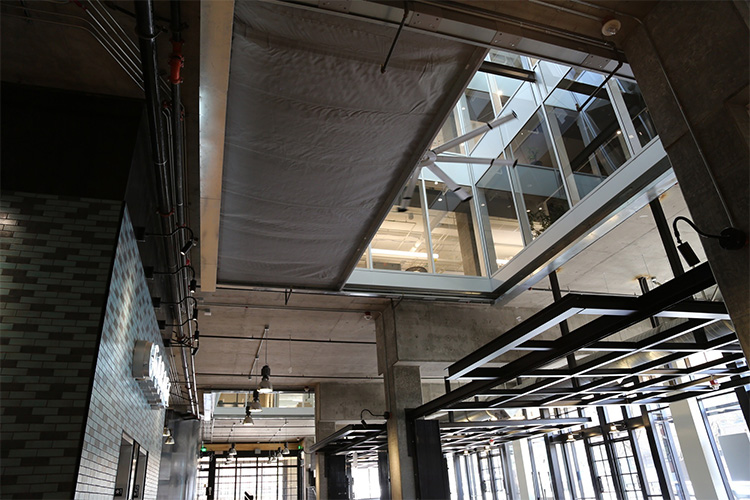
Contact us today and speak with one of our engineers to get a quote on your next project or to find a distributor near you.
@smokeguard #smokeguard #firesafety #firecurtain #smokecurtain
Company: Smoke Guard, Inc.
Tags:


